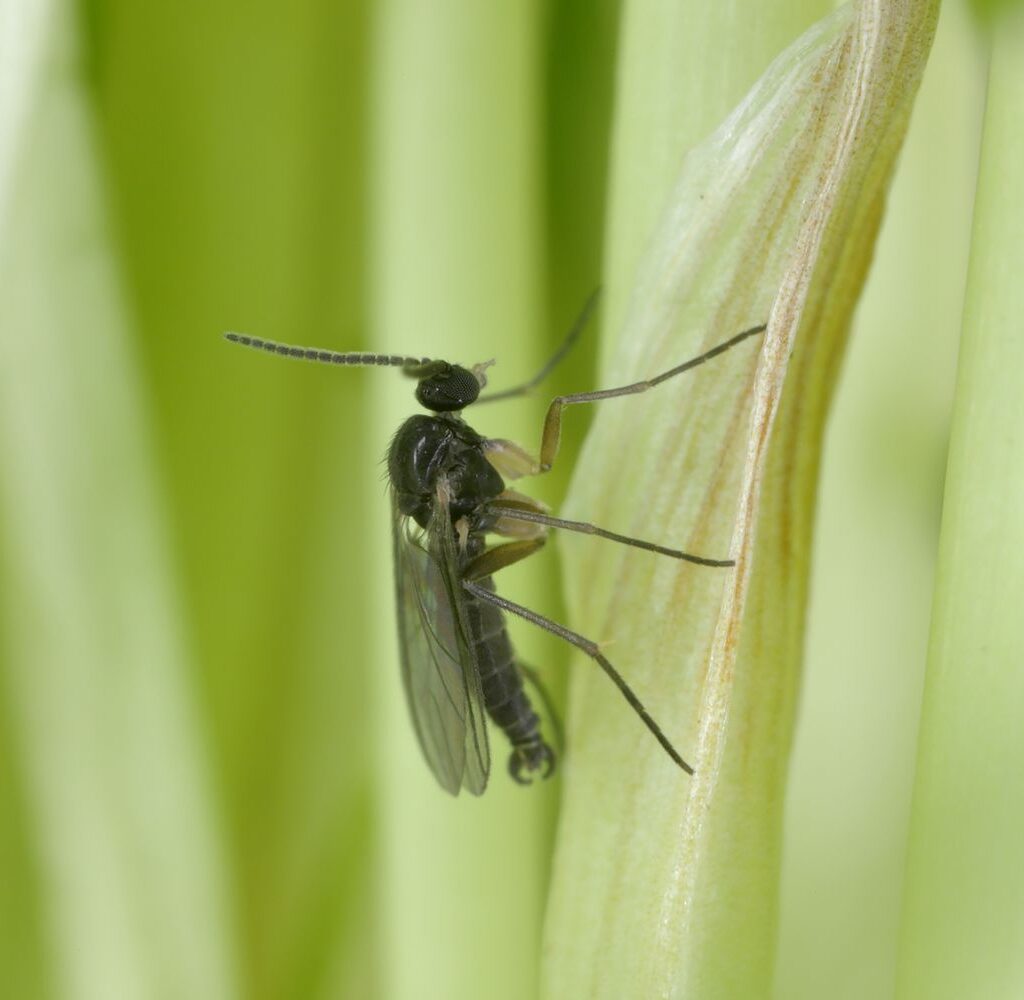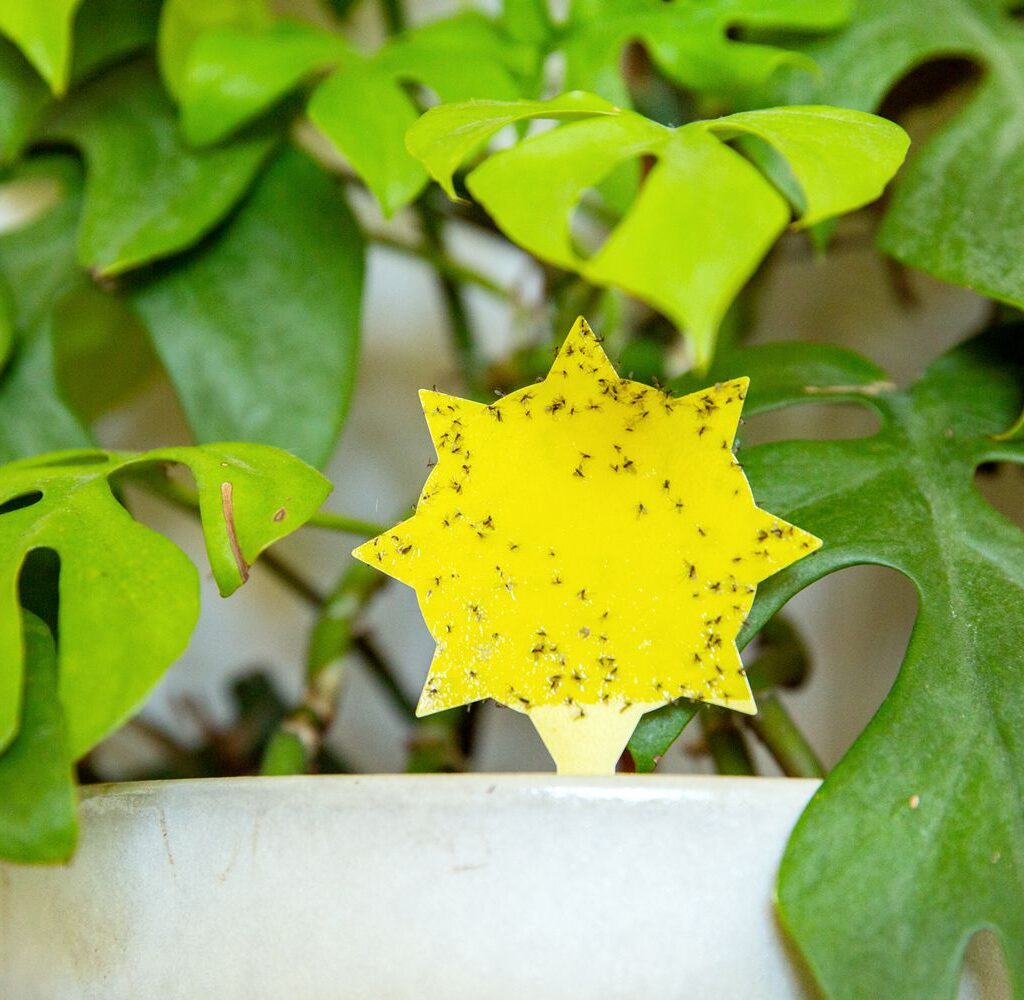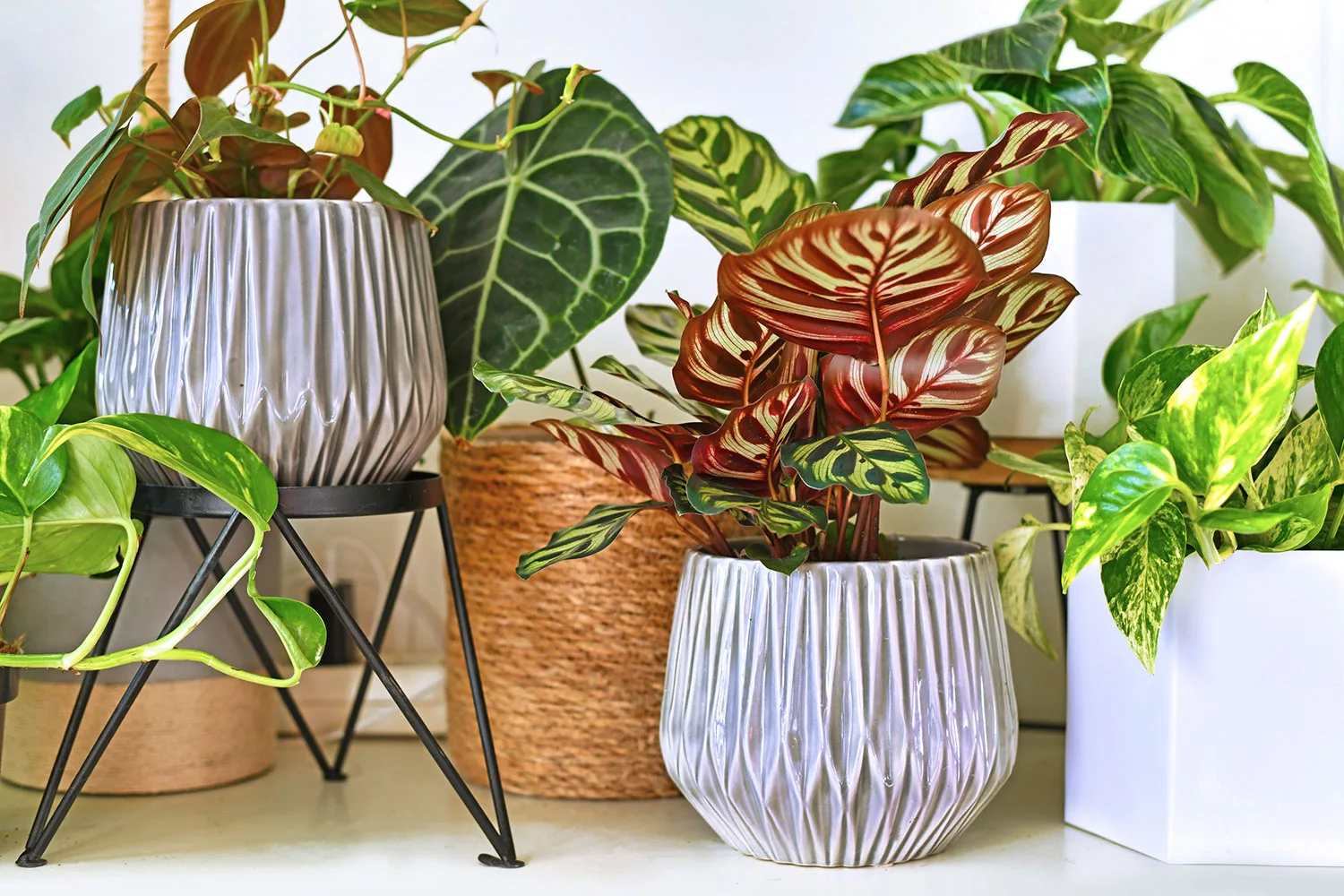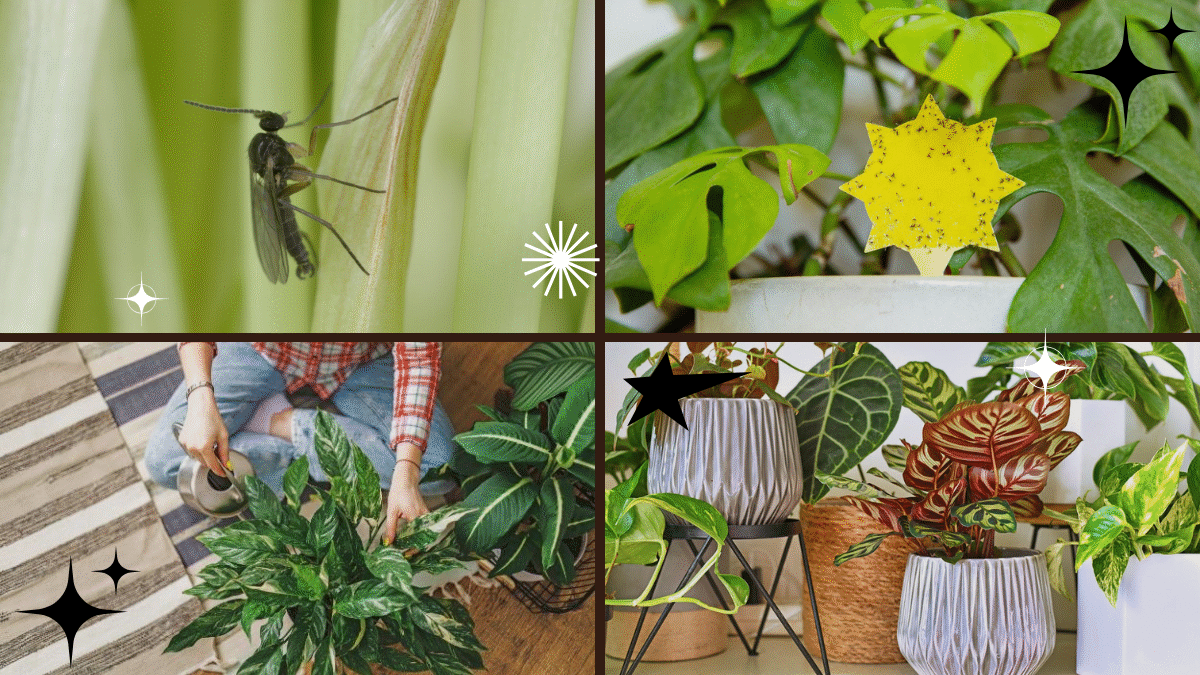If you’re a proud plant parent, you’ve likely encountered those pesky tiny insects buzzing around your houseplants — gnats! While they might seem harmless at first, these persistent little bugs can quickly multiply and cause problems for your plants. Don’t worry — you’re not alone, and there’s a simple, effective way to tackle them. In this comprehensive guide, we’ll cover how to get rid of gnats on plants naturally and efficiently, ensuring your greens stay vibrant and healthy.

What Are Gnats?
Before diving into solutions, let’s quickly understand the enemy. Gnats are small, dark, mosquito-like insects from the Diptera family. Among plant lovers, the most common type is the fungus gnat. They’re drawn to moist, organic-rich soil where they lay eggs that hatch into larvae, feeding on organic matter and delicate plant roots.
Though adult gnats are mostly an annoyance, the larvae can damage plant roots, stunt growth, and cause wilting if left unchecked.

How to Identify a Gnat Problem
Knowing what you’re dealing with makes treatment easier. Look out for these signs:
- Tiny black or gray flies hovering around plants or near soil surfaces
- Larvae — small white worms with black heads — visible in the soil
- Yellowing, drooping, or stunted plant growth
- Fungus or mold on the soil surface
- Gnats emerging when you water your plants
Once identified, it’s time to act quickly to protect your plants.

Why Do Gnats Invade Plants?
Understanding what attracts gnats helps prevent future infestations. Fungus gnats love:
- Overwatered or consistently moist soil
- Decaying organic matter
- Poorly draining pots
- Warm, humid environments
- Dirty plant saucers and fallen leaves
These conditions create a perfect breeding ground for gnats. The key to dealing with them is controlling moisture and maintaining clean, healthy plant environments.

Simple and Effective Ways to Get Rid of Gnats on Plants
Here’s a detailed look at tried-and-true, natural methods you can use to eliminate gnats from your plants safely.
1. Dry Out the Soil
Since gnats thrive in damp environments, your first line of defense is letting the soil dry.
- Check the top 1-2 inches of soil; only water when it feels dry.
- Avoid watering on a strict schedule — instead, water based on plant needs.
- Empty water from saucers after watering to prevent standing water.
Dry soil makes it difficult for gnats to lay eggs and disrupts their life cycle.
2. Use Yellow Sticky Traps
An easy and non-toxic way to catch adult gnats.
- Place yellow sticky traps near plant pots or insert them into the soil.
- Gnats are attracted to the yellow color and get stuck on the adhesive surface.
- Replace the traps when they become filled.
This reduces the adult population quickly, curbing reproduction.
3. Water with Hydrogen Peroxide Solution
A natural remedy to kill larvae without harming your plants.
- Mix 1 part 3% hydrogen peroxide with 4 parts water.
- Water the plant thoroughly with the solution.
- It will fizz in the soil as it kills larvae and aerates the roots.
Repeat once a week until the gnat problem is resolved.
4. Apple Cider Vinegar Trap
A homemade, simple trap to catch adult gnats.
- Fill a small bowl with apple cider vinegar.
- Add a few drops of dish soap.
- Cover with plastic wrap and poke tiny holes on top.
- Place it near the affected plant.
The sweet vinegar attracts gnats, and the dish soap causes them to sink and drown.
5. Cinnamon Dusting
Cinnamon acts as a natural fungicide and insect repellent.
- Lightly sprinkle ground cinnamon on the soil surface.
- Repeat after watering as needed.
This inhibits fungal growth and repels gnats.
6. Repot with Fresh, Sterile Soil
If the infestation is severe, repotting may be necessary.
- Remove the plant from its pot.
- Discard old, infested soil.
- Wash the pot thoroughly with hot, soapy water.
- Replant using fresh, sterile, well-draining potting mix.
Avoid overwatering after repotting.
7. Add a Sand or Gravel Layer
Covering the soil surface can prevent adult gnats from laying eggs.
- Add a thin layer of horticultural sand or fine gravel on top of the soil.
- This creates a barrier, deterring gnats while improving drainage.
8. Use Neem Oil Spray
Neem oil is a natural, plant-safe insecticide.
- Mix 2 teaspoons neem oil, 1 teaspoon mild dish soap, and 1 liter water.
- Spray directly on the soil surface and plant leaves.
- Repeat every 5-7 days.
It kills larvae and repels adult gnats.
9. Introduce Beneficial Nematodes
Microscopic, soil-dwelling organisms that prey on gnat larvae.
- Purchase beneficial nematodes online or from garden centers.
- Mix with water according to instructions.
- Water the soil with the solution.
They naturally and effectively reduce larvae populations.
How to Prevent Gnats from Returning
Once you’ve cleared the infestation, follow these preventive tips to keep your plants healthy and gnat-free:
Smart Watering Practices:
- Water only when the soil feels dry to the touch.
- Use pots with proper drainage holes.
- Empty saucers regularly.
Maintain Clean Pots:
- Remove dead leaves, stems, and organic debris.
- Wipe pots and saucers during watering.
Improve Soil Conditions:
- Use high-quality, sterile potting soil.
- Add perlite, sand, or gravel to improve drainage.
- Avoid leaving standing water in trays or saucers.
Monitor New Plants:
- Inspect new plants for pests before bringing them indoors.
- Quarantine new plants for a few days.
Quick DIY Gnat Trap Recipe
For an extra weapon in your arsenal, here’s a quick gnat trap recipe:
You’ll Need:
- 1/4 cup apple cider vinegar
- 1 tablespoon sugar
- A few drops of dish soap
- 1/2 cup water
Instructions:
- Mix ingredients in a small bowl.
- Place near affected plants.
- Gnats are drawn to the sweet scent and get trapped by the soap.
Replace every 3 days for best results.
Final Thoughts
Gnats on plants might seem like a small issue, but if left untreated, they can become a real nuisance and impact your plant’s health. The good news is that with a combination of natural remedies, smart watering practices, and regular plant care, you can banish gnats from your indoor jungle or outdoor garden easily.
Whether you choose sticky traps, hydrogen peroxide soil drench, cinnamon dusting, or a simple apple cider vinegar trap, these solutions are effective, budget-friendly, and safe for both you and your beloved plants.
By staying vigilant and maintaining a clean, well-drained, and healthy plant environment, you can keep gnats away for good — ensuring your houseplants remain lush, happy, and pest-free.





Leave A Comment